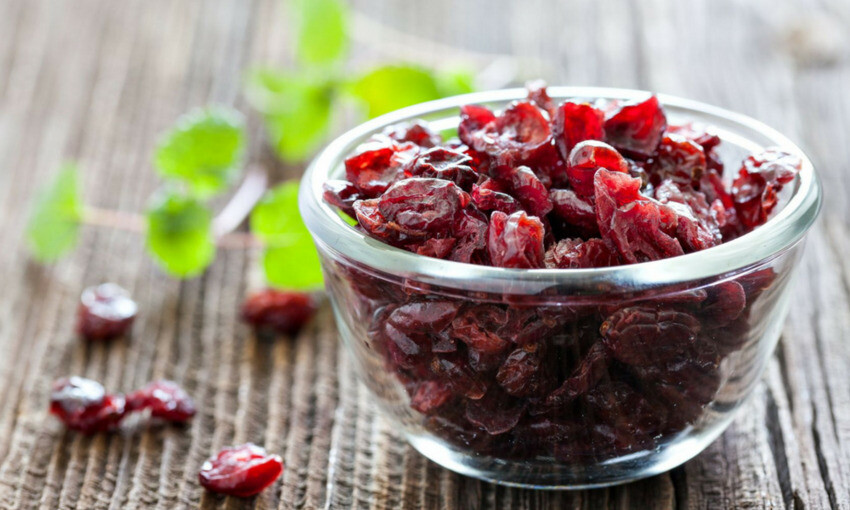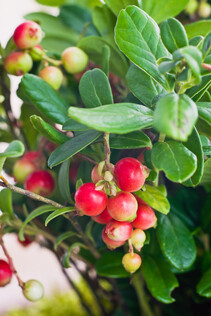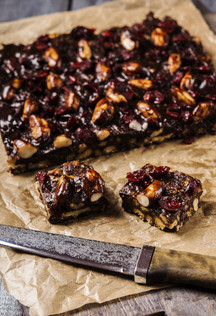


Cranberries
Cranberries are low, creeping vines that grow naturally in boggy wetlands.
Commercially grown cranberries are planted in specially constructed beds which are layered with sand, peat, gravel and clay, and have a system of dykes and drainage ditches to allow for irrigation and flooding.
95% of US cranberries are processed into cranberry juice and sauce, rather than being sold fresh or dried.
FORMATS
- Whole Dried
- Double Chopped Dried
- Pineapple Juice Infused
- Dark Chocolate Covered
- Yoghurt Covered
OTHER POINTS TO NOTE
Famously, cranberry beds are flooded for ease of harvesting, but cranberries destined for sale as fresh may be harvested by hand, as they are less likely to be bruised. Fresh cranberries can be frozen for up to three months and added to recipes without pre-thawing
COUNTRIES OF ORIGIN
- USA
- Canada
HARVEST
- September and October
VARIETIES
The common or northern cranberry produces a small fruit, while the large or American cranberry (also known as a bearberry), as its name suggests provides a bigger berry. Cranberries are related to bilberries, blueberries and huckleberries.
NUTRIENT HIGHLIGHTS
- Very low in saturated fats, Cholesterol and Sodium
- Raw cranberries have only 49 natural sugars
- Cranberries are a good source of Fibre
- 97% of the calorific value comes from carbohydrates, of which 55% is from sugar
